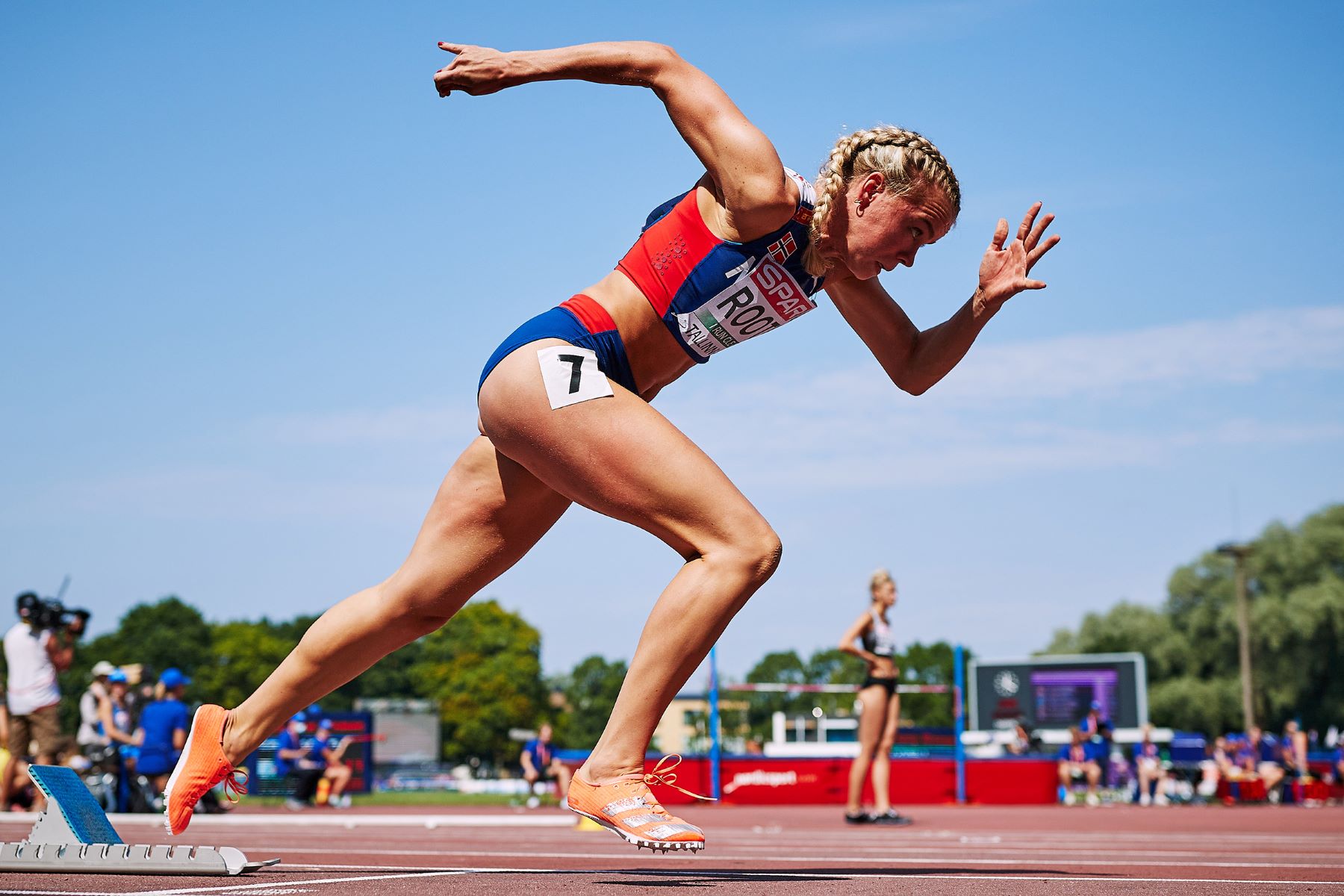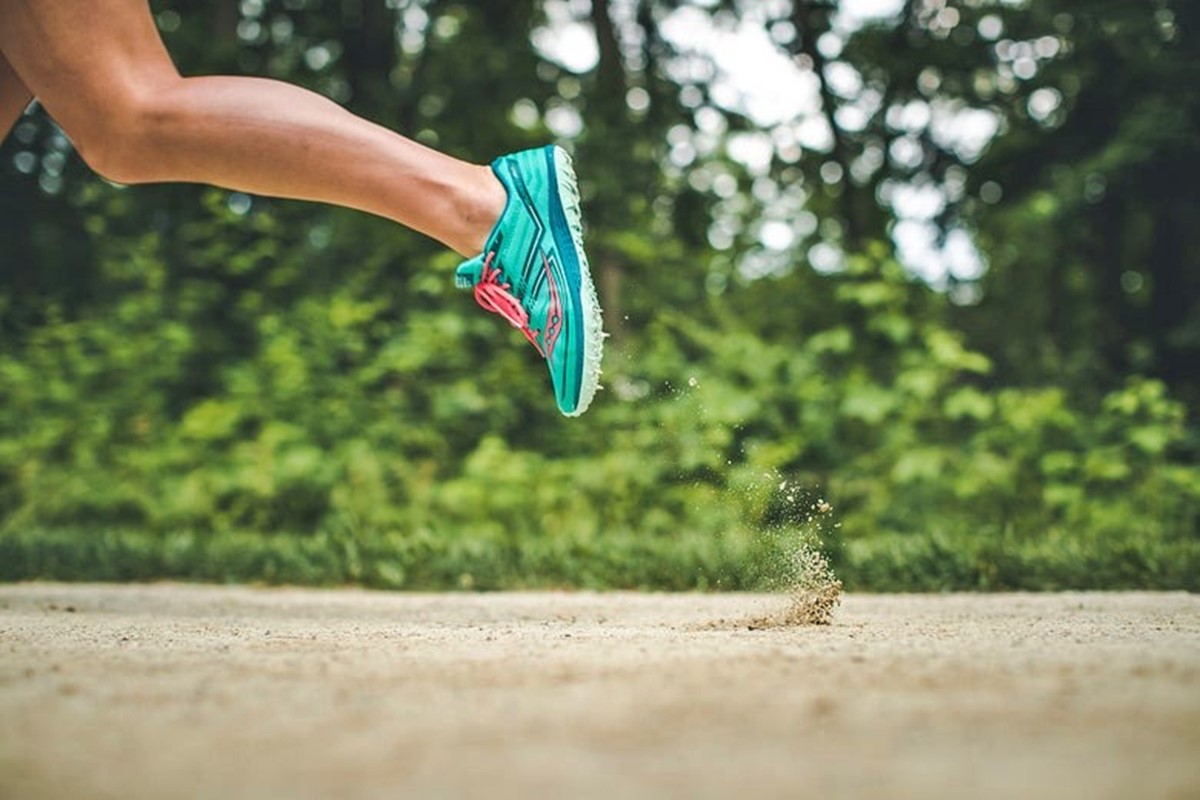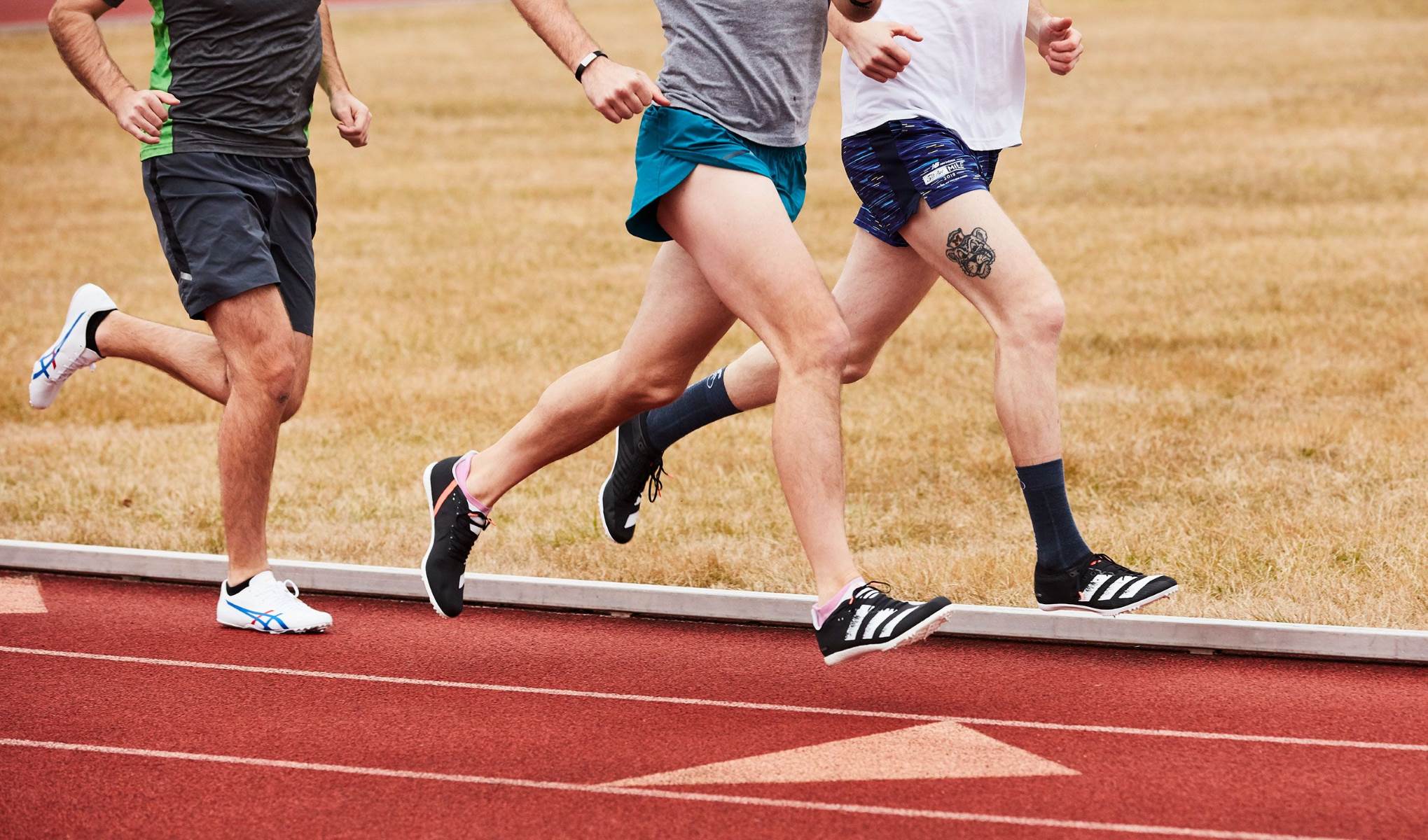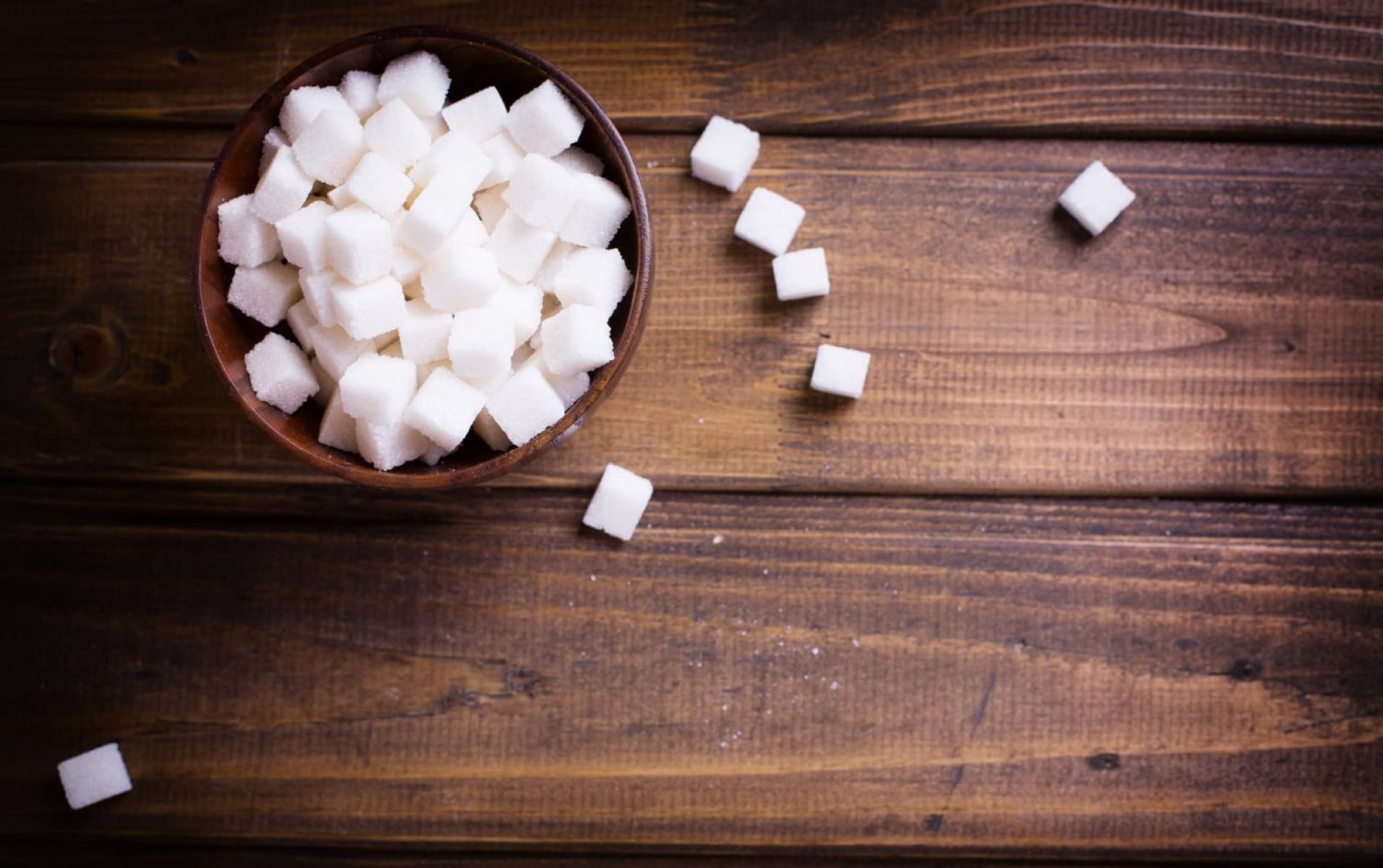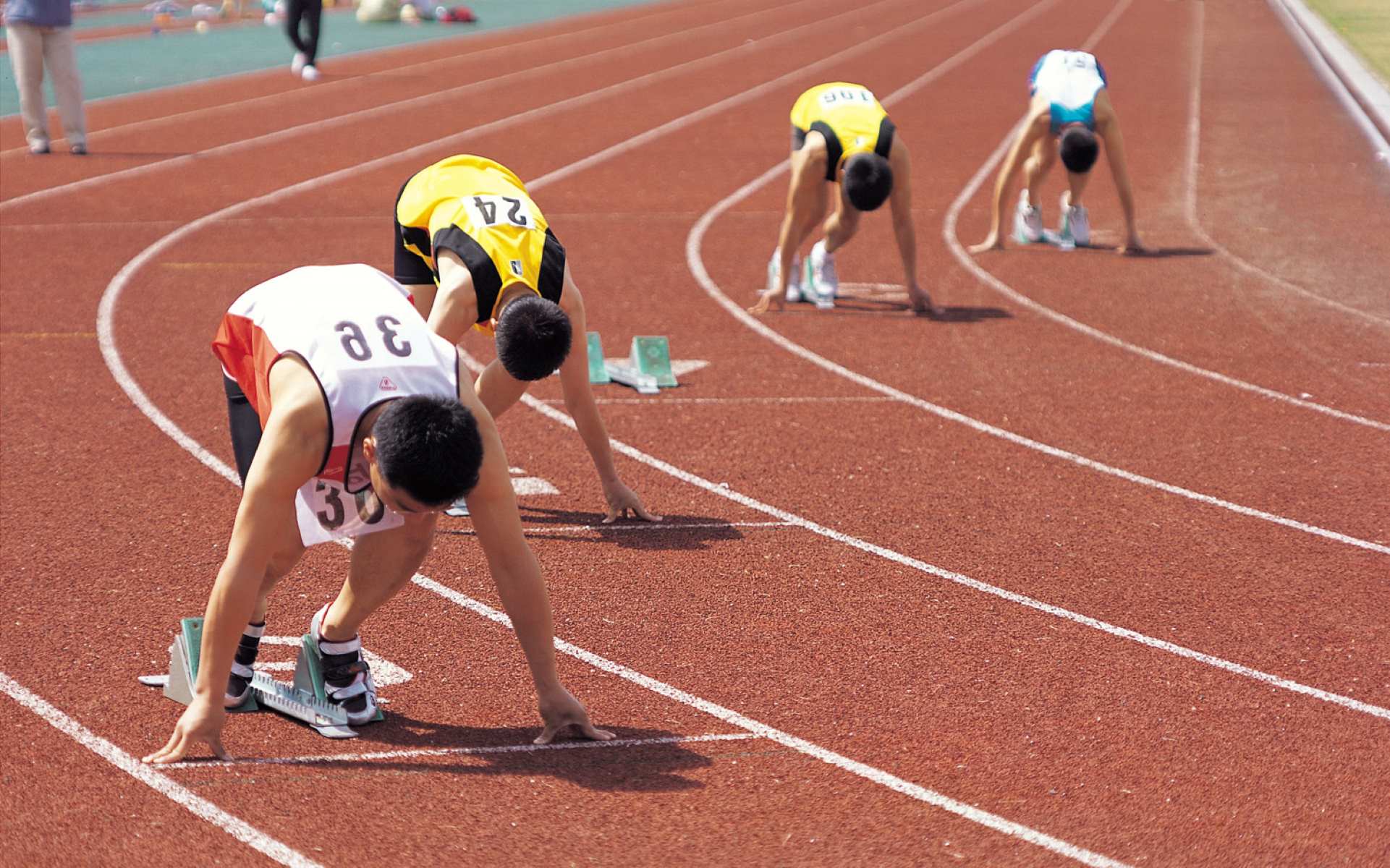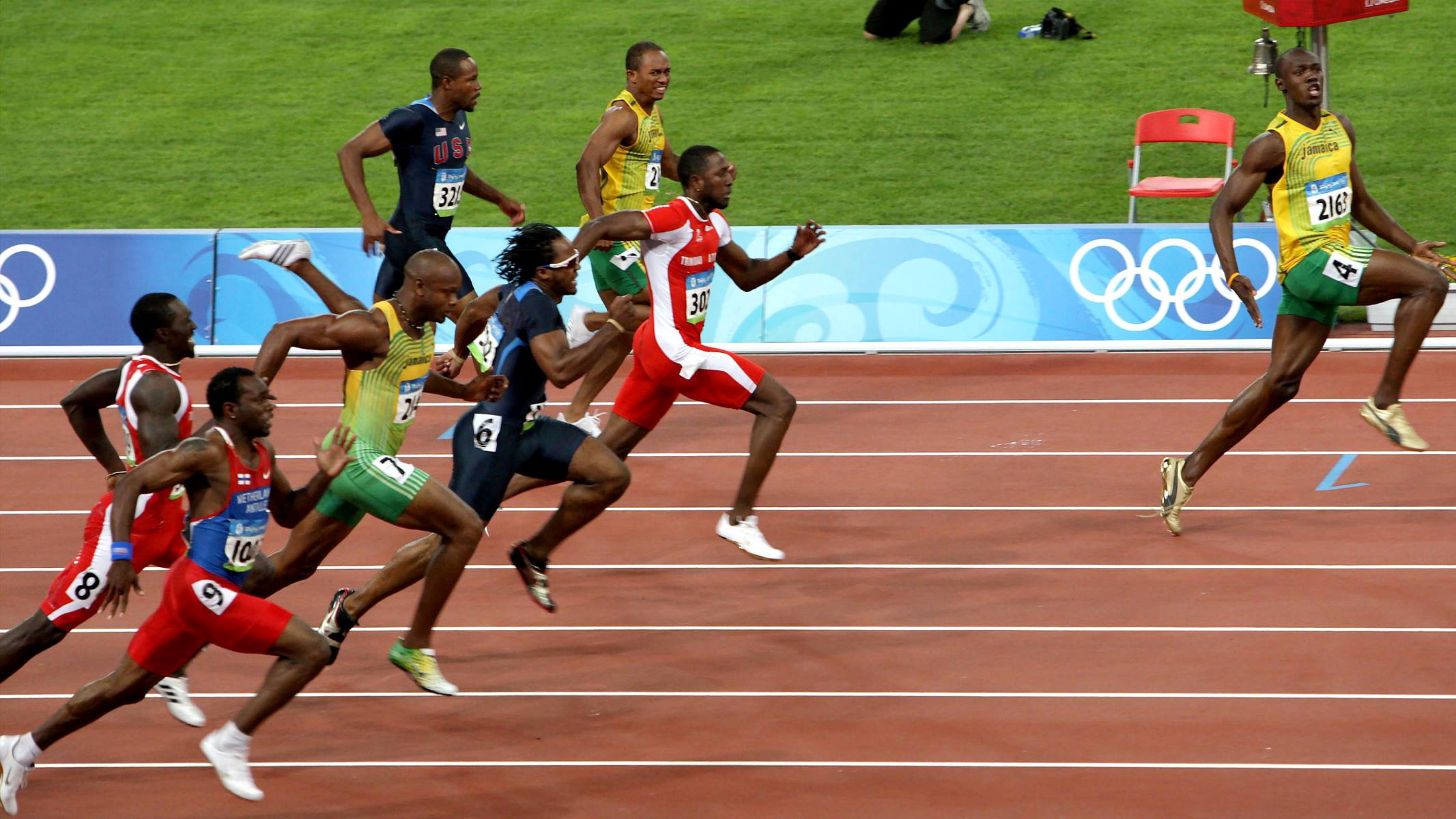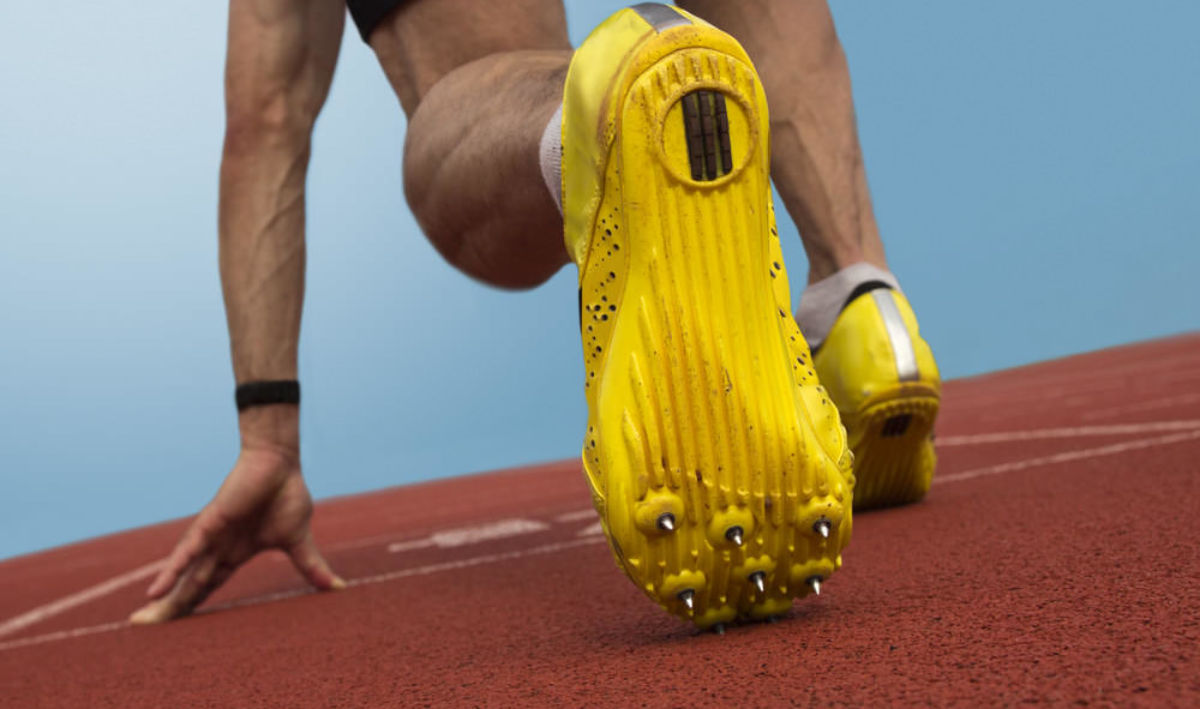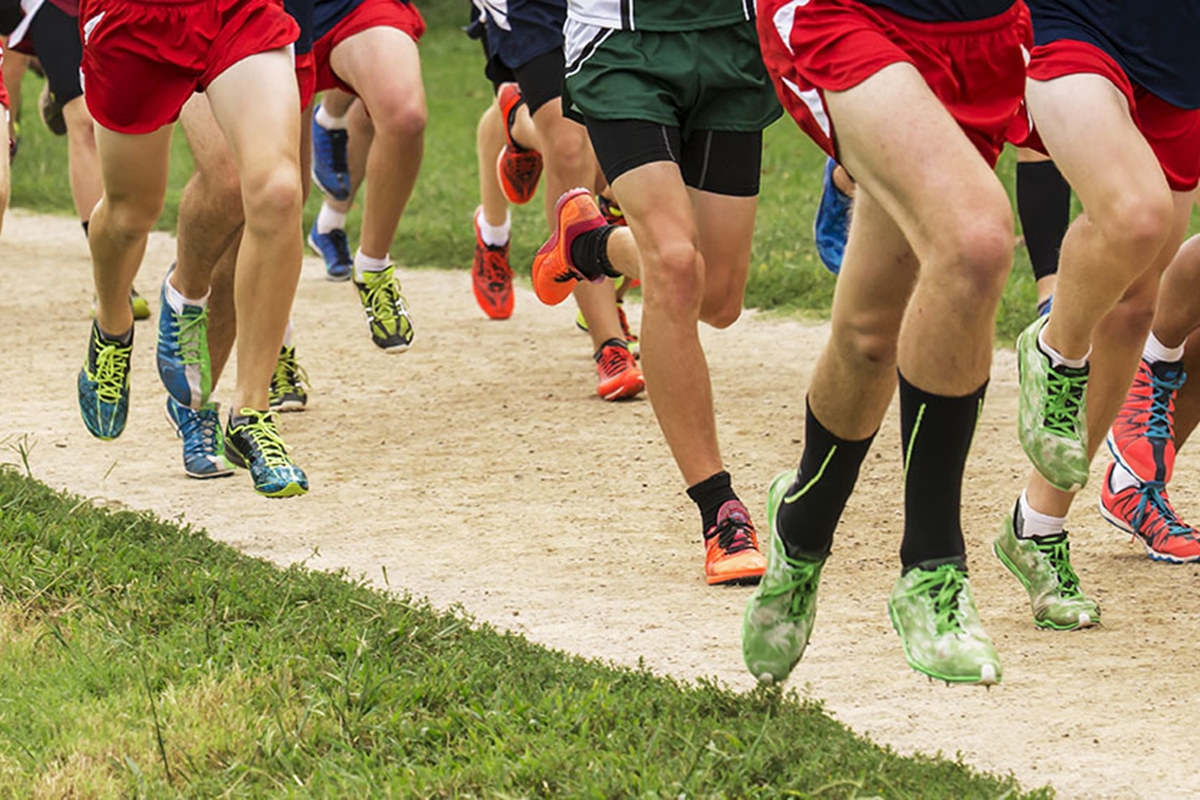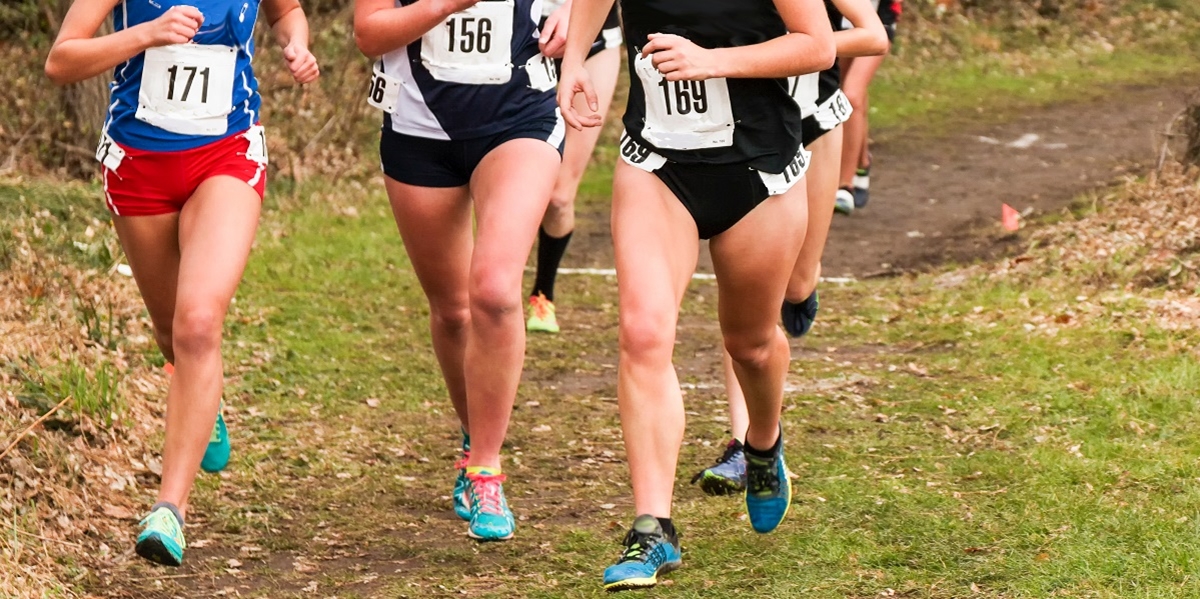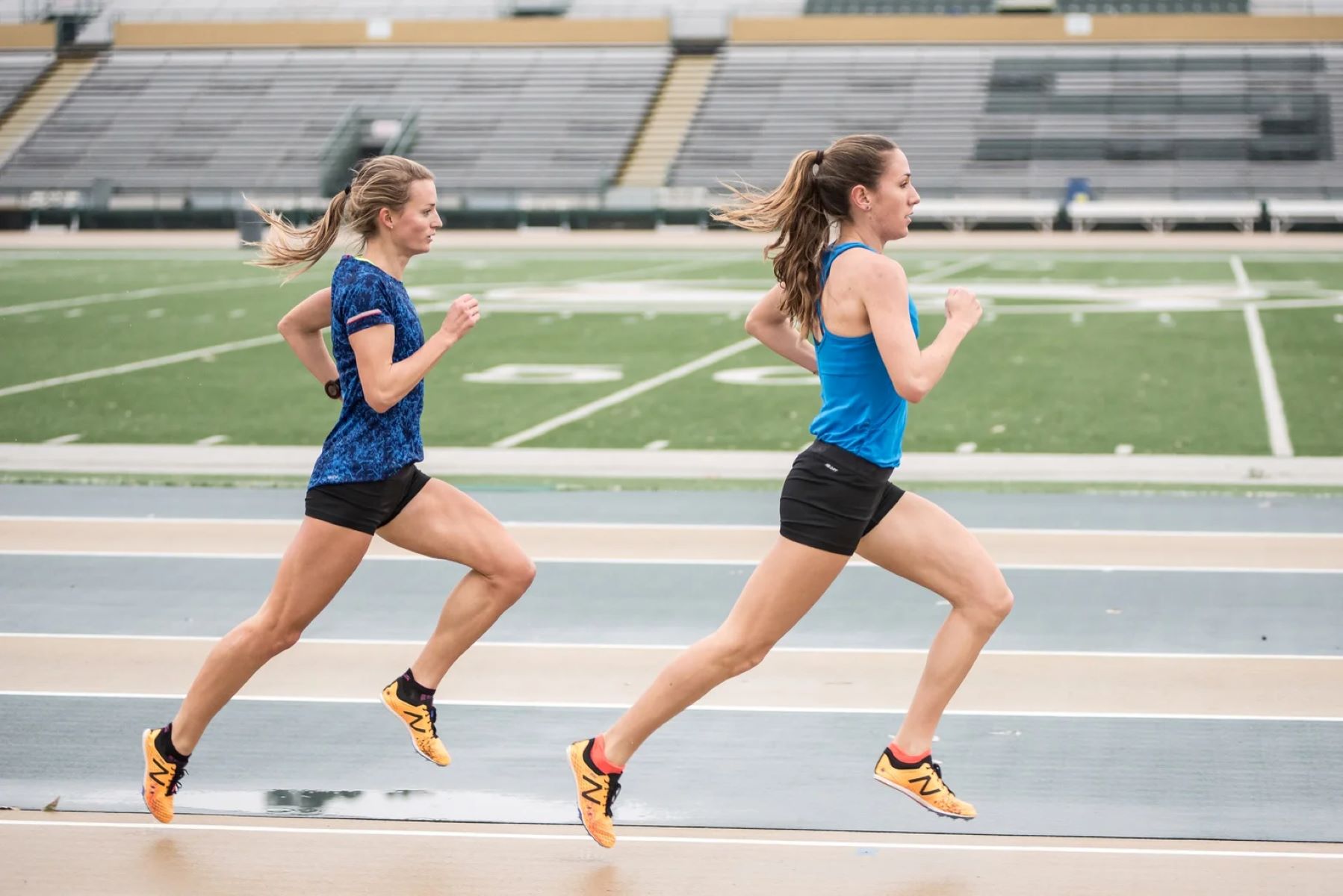

Featured
What Are Track And Field Spikes
Published: September 8, 2023
Discover the best track and field spikes at Featured. Enhance your performance with high-quality spikes designed for speed and traction.
Introduction
Welcome to the thrilling world of track and field. Whether you’re a professional athlete, a college competitor, or a high school enthusiast, track and field spikes are an essential part of your equipment. These specialized shoes not only provide traction on the track or field surface but also enhance your performance by maximizing speed, agility, and stability.
Track and field spikes are designed to be lightweight and have sharp needle-like protrusions on the sole, known as spikes, that help athletes gain better traction and grip during their events. These spikes come in various sizes and materials, each serving a specific purpose based on the type of surface and event you’ll be participating in.
In this article, we’ll delve deeper into track and field spikes, exploring the different types available, how to choose the right pair for your needs, and how to properly care for and maintain them. So strap on your spikes and let’s hit the ground running!
What Are Track and Field Spikes?
Track and field spikes, also known as cleats or spikes, are specialized athletic shoes worn by track and field athletes to enhance their performance on the track or field surface. These shoes are designed with a focus on three main aspects: traction, stability, and speed.
The key feature of track and field spikes is the presence of spikes on the outsole of the shoe. These spikes, usually made of metal or hard plastic, provide extra grip and traction on the track, grass, or other surfaces. The spikes are strategically placed in areas of high pressure to ensure stability and prevent slippage during running, jumping, or throwing activities.
Track and field spikes come in a variety of styles and designs to cater to the specific needs of different events and surfaces. Sprinter spikes, for example, are designed to maximize acceleration and speed. They have a rigid plate on the sole, with shorter and more aggressive spikes, ideal for gripping the track during short-distance sprints.
Distance spikes, on the other hand, are designed for long-distance runners, providing a balance between traction and cushioning. These spikes often have a softer midsole and longer, more flexible spikes to provide better shock absorption and grip on various surfaces.
Jumping spikes, as the name suggests, are specifically designed for high jumpers, long jumpers, and triple jumpers. They have a flat outsole with minimal cushioning to ensure maximum stability and a rigid plate in the forefoot to provide a powerful takeoff. The spikes are typically longer and more aggressive to provide a secure grip during takeoff and landing.
Throwing spikes cater to shot put, discus, and hammer throw events. They have a wider outsole to provide better stability and support during rotational movements. These spikes often have a reinforced toe cap and a more durable upper to withstand the stress and impact of throwing activities.
Different Types of Track and Field Spikes
When it comes to track and field spikes, there are several different types available, each designed to cater to the specific needs of various events and surfaces. Let’s explore some of the most common types of spikes and their characteristics:
- Sprinter Spikes: These spikes are designed for short-distance sprints, ranging from 100 meters to 400 meters. They feature a stiff plate on the sole for maximum energy transfer and aggressive spikes for optimal traction. Sprinter spikes prioritize speed and explosiveness.
- Distance Spikes: As the name suggests, distance spikes are designed for long-distance runners who compete in events such as the 800 meters, 1500 meters, and up. These spikes provide a balance between traction, cushioning, and comfort, allowing runners to maintain speed over longer distances.
- Jumping Spikes: Designed for high jumpers, long jumpers, and triple jumpers, these spikes have a flat outsole and a firm midsole to provide stability during takeoff and landing. They typically come with longer and more aggressive spikes to ensure a secure grip on the runway or pit.
- Throwing Spikes: Shot put, discus, and hammer throw athletes require footwear that can withstand the rotational movements and provide stability during explosive throws. Throwing spikes have a wider outsole and a reinforced toe cap for durability and support.
- Multisport Spikes: These versatile spikes are designed for athletes who participate in various track and field events. They provide a balance between the features of different spikes, allowing athletes to compete in multiple disciplines without constantly changing shoes.
It is important to note that some spikes can be used on both track surfaces and grass, while others are specifically designed for a particular surface. When selecting spikes, consider the type of event and surface you will be competing on to ensure the best performance.
Choosing the Right Track and Field Spikes
Choosing the right track and field spikes is essential to ensure optimal performance and prevent discomfort or injuries during your events. Here are some factors to consider when selecting your spikes:
- Event Type: Identify the specific events you will be participating in and choose spikes that are designed for those events. Sprinter spikes, distance spikes, jumping spikes, and throwing spikes all have unique characteristics optimized for their respective events.
- Surface Type: Consider the type of surface you will be competing on. Different spikes are designed for different surfaces, such as tracks, grass, or indoor courts. Ensure your spikes are suitable for the surface you will be using.
- Fit and Comfort: The fit of your spikes is crucial for comfort and performance. They should provide a snug fit, with enough room in the toe box to allow for natural foot movement. Consider trying on different sizes and styles to find the most comfortable option for you.
- Spikes Length: The length of the spikes can significantly impact your traction and grip. Shorter spikes provide better traction on hard surfaces, while longer spikes are more suitable for grass or softer surfaces. Some spikes come with detachable or interchangeable spike plates, allowing you to customize the spike length based on your needs.
- Maintenance and Durability: Consider the durability of the spikes and how well they will withstand regular use and potentially harsh conditions. Look for spikes made from high-quality materials and ensure proper maintenance to prolong their lifespan.
It is also advisable to consult with coaches or experienced athletes who can provide guidance based on their knowledge and experience. Trying on different pairs, examining the features, and considering your personal preferences and performance goals will ultimately help you choose the right track and field spikes for your needs.
Proper Care and Maintenance of Track and Field Spikes
After investing in the right pair of track and field spikes, it’s important to take proper care of them to ensure their longevity and consistent performance. Here are some tips for caring for and maintaining your spikes:
- Clean Them Regularly: After each use, remove any dirt, mud, or debris from your spikes. This can be done by gently brushing them with a soft brush or cloth. Check the spikes for any damage and replace any missing or broken ones.
- Avoid Excessive Moisture: While track and field spikes are designed to withstand moisture, it’s still important to minimize exposure to excessive water or wet conditions when not in use. Store your spikes in a cool, dry place to prevent mold or mildew formation.
- Keep Them in a Spike Bag: Invest in a spike bag or shoe compartment specifically designed for track and field spikes. This will protect them from getting damaged or scratched and will keep them organized and separate from your other belongings.
- Rotate Your Spikes: If you regularly train or compete, it’s a good idea to have multiple pairs of spikes and rotate them. This gives each pair time to dry and recover, reducing the wear and tear on a single pair.
- Replace Worn Out Spikes: Over time, the spikes on your shoes will wear down. It’s important to regularly inspect them and replace them when needed. This will help maintain optimal traction and performance.
- Seek Professional Help: If your spikes require any repairs or adjustments, it’s best to consult with a professional shoe repair service or your spikes’ manufacturer. They can assess and fix any issues to ensure your spikes are performing at their best.
By following these care and maintenance tips, you can extend the lifespan of your track and field spikes and optimize your performance in competitions. Remember, properly maintaining your spikes not only ensures their durability but also enhances your comfort and safety on the track or field.
Conclusion
Track and field spikes are essential equipment for athletes looking to excel in their events. These specialized shoes provide the necessary traction, stability, and speed required for optimal performance on the track or field surface. With various types of spikes available, including sprinter spikes, distance spikes, jumping spikes, and throwing spikes, athletes can choose the one that best suits their specific event and surface.
When selecting track and field spikes, it’s important to consider factors such as event type, surface type, fit, comfort, and maintenance. Choosing the right pair of spikes can make a significant difference in an athlete’s performance and overall experience. Additionally, proper care and maintenance, such as regular cleaning, avoiding excessive moisture, and replacing worn-out spikes, will ensure the longevity and consistent performance of the spikes.
Investing in a quality pair of track and field spikes and taking good care of them will not only enhance an athlete’s performance but also contribute to their comfort and safety during competitions and training. So, whether you’re a sprinter, distance runner, jumper, or thrower, make sure to choose the right spikes and give them the proper care they deserve. With the right spikes on your feet, you’ll be ready to sprint, jump, or throw your way to victory!
